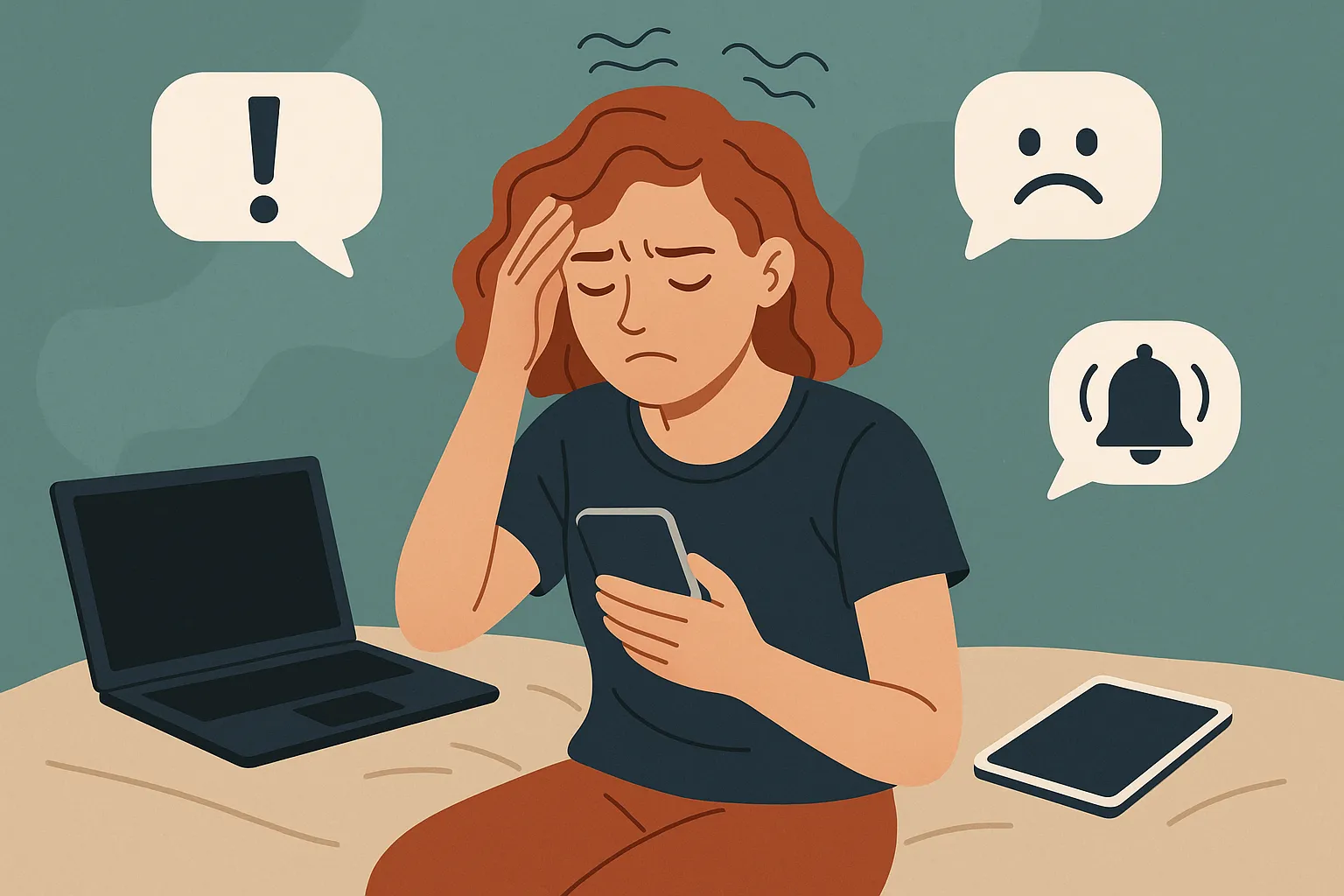In today’s hyper-connected world, managing time effectively is a challenge faced by many. Digital distractions are omnipresent, often leading to decreased productivity and creativity. By implementing a digital detox, individuals can reclaim their time, enhance focus, and foster creativity. This article explores strategies to improve time management through a digital detox, providing actionable insights and practical examples.
Understanding Digital Detox
Digital detox refers to the intentional reduction or elimination of digital device usage to improve mental health and well-being. By stepping back from screens, individuals can re-evaluate their relationship with technology, leading to better time management and increased productivity.
Strategies for Effective Time Management Through Digital Detox
1. Set Clear Boundaries
Establishing clear boundaries is crucial for managing digital consumption. Define specific times during the day when devices are off-limits. For instance, consider adopting a ‘no screens after 8 PM’ rule to wind down effectively.
2. Prioritize Tasks with Digital Tools
While the goal is to reduce screen time, digital tools can still facilitate time management. Use apps like Trello or Todoist to prioritize tasks and set reminders. These tools help maintain focus on what’s important without unnecessary distractions.
3. Schedule Device-Free Time
Allocate specific periods each day for device-free activities. This could include morning routines, meal times, or evening walks. Committing to these device-free intervals helps in reducing digital dependency and enhances mindfulness.
4. Implement Time Blocking
Time blocking is a powerful productivity technique that involves dedicating specific time slots for different activities. During a digital detox, incorporate time blocks for creative tasks, exercise, and relaxation. This structured approach ensures a balanced day with minimal digital interference.
5. Practice Mindfulness and Meditation
Engaging in mindfulness and meditation can significantly improve focus and time management. Apps like Headspace or Calm offer guided sessions that encourage users to disconnect from digital distractions and focus on the present moment.
Concrete Examples and Use Cases
Example 1: The 30-Day Digital Detox Challenge
John, a marketing executive, found himself overwhelmed by constant notifications. To regain control, he embarked on a 30-day digital detox challenge. For a month, he scheduled daily device-free hours, used analog tools like planners, and embraced time blocking. By the end of the challenge, John reported increased productivity and a renewed sense of creativity.
Example 2: Family Device-Free Dinner Time
The Smith family decided to implement device-free dinners to strengthen family bonds and improve time management. Every evening, they gathered at the dinner table without phones or tablets. This practice not only enhanced their relationships but also provided a consistent break from digital distractions.
Key Points and Best Practices
-
Assess Your Digital Habits: Conduct a self-audit to understand your digital consumption patterns. Identify areas where you can cut down and set realistic goals for a digital detox.
-
Leverage Technology: Use digital tools mindfully to streamline tasks and enhance productivity without falling into the trap of mindless scrolling.
-
Create a Supportive Environment: Encourage family, friends, or colleagues to join you in a digital detox journey. A supportive network can keep you accountable and motivated.
-
Embrace Offline Hobbies: Rediscover hobbies that don’t require screens, such as reading, painting, or gardening. These activities foster creativity and provide a refreshing break from digital devices.
-
Regularly Review Progress: Set aside time each week to review your digital detox progress. Adjust strategies as needed to ensure continued improvement in time management.
FAQ
1. What is a digital detox, and why is it important for time management?
A digital detox involves reducing or eliminating the use of digital devices to improve mental well-being and productivity. It is crucial for time management as it helps minimize distractions, allowing for better focus and efficient use of time.
2. How can I start a digital detox without affecting my work?
Begin by setting specific times for a digital detox, such as during meals or before bedtime. Use productivity apps to manage work tasks efficiently and inform colleagues about your detox plan to ensure cooperation.
3. Are there any tools to help manage screen time during a digital detox?
Yes, tools like Screen Time for iOS, Digital Wellbeing for Android, and apps like Forest can help monitor and manage screen time effectively, supporting your digital detox efforts.
4. Can a digital detox enhance creativity?
Absolutely. By reducing digital distractions, individuals can focus better on creative tasks, explore new ideas, and engage in activities that stimulate the mind, fostering creativity.
5. How often should I engage in a digital detox?
The frequency of digital detoxes depends on individual preferences and lifestyle. Some people benefit from a daily digital detox, while others may prefer weekly or monthly breaks. Experiment to find what works best for you.
Conclusion
A digital detox is a powerful strategy for improving time management, productivity, and creativity. By setting boundaries, scheduling device-free time, and leveraging digital tools mindfully, individuals can reclaim their time and enhance their overall quality of life. Embrace the art of digital detoxing to discover a more fulfilling, balanced, and productive daily routine.
For more insights on digital detoxing, consider exploring resources like the Digital Detox website, which offers comprehensive guides and support for those seeking to reduce digital dependency.







